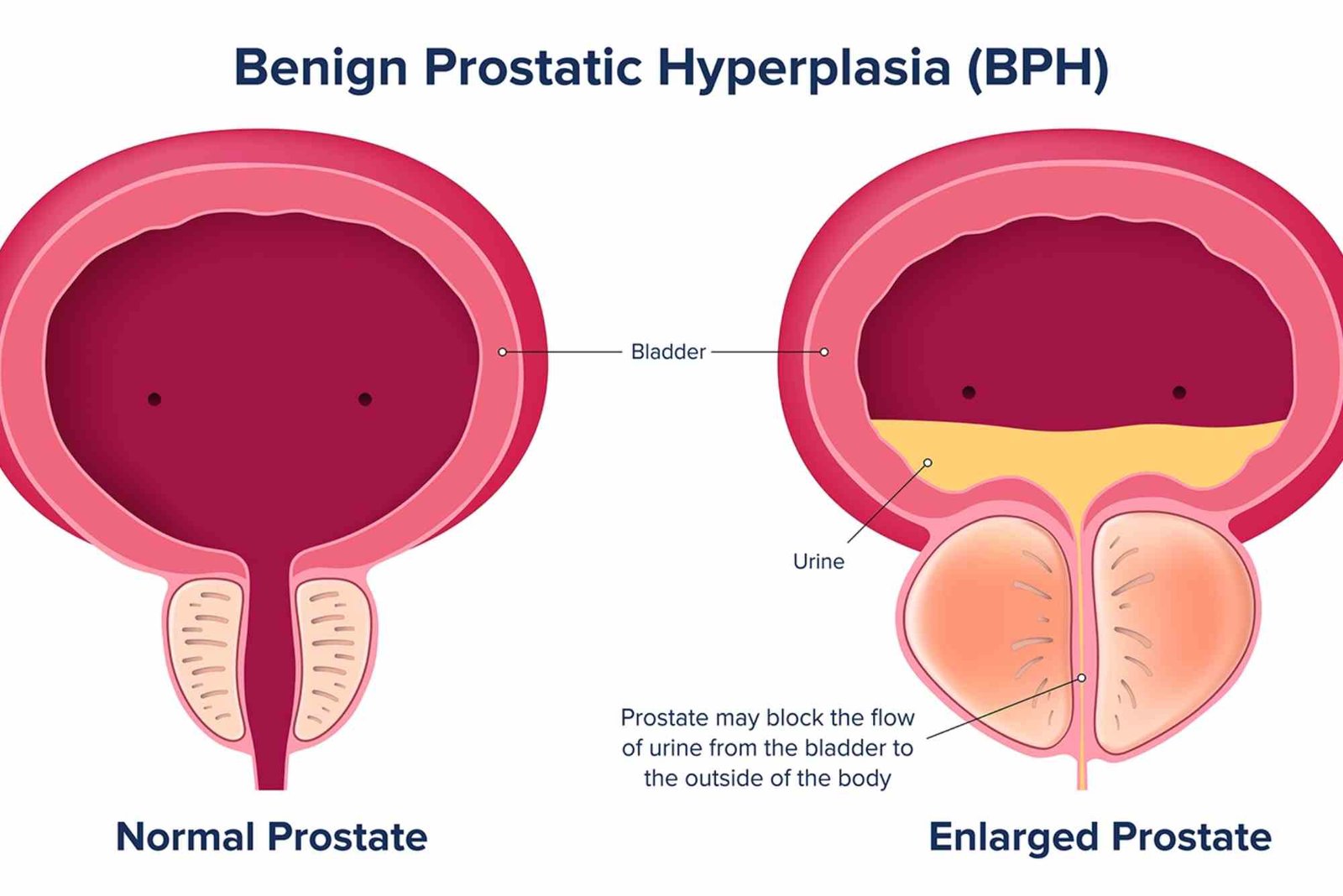The business landscape is constantly evolving, and organizations must adapt to thrive. For many companies, improving their enterprise building processes is crucial to ensuring long-term success. This article will explore 5 causes to improve to a greater enterprise building enterprise to mark and provide valuable insights into the benefits of these improvements.
Understanding Enterprise Building
Enterprise building refers to the processes and structures that organizations use to develop and manage their business operations. It encompasses everything from strategic planning and resource allocation to project management and workforce development. In a competitive market, the ability to build and improve enterprise structures is critical for achieving sustainable growth and success.
Cause 1: Enhanced Efficiency and Productivity
One of the primary reasons to improve enterprise building processes is to enhance efficiency and productivity within the organization. Streamlined processes allow teams to work more effectively, reducing time spent on redundant tasks. By adopting modern technologies and methodologies, businesses can automate repetitive tasks, thereby freeing up valuable human resources for more strategic initiatives.
Benefits of Enhanced Efficiency
- Cost Reduction: Streamlined operations typically lead to lower operational costs, allowing companies to allocate resources more effectively.
- Faster Time-to-Market: Improved efficiency enables organizations to bring products and services to market more quickly, gaining a competitive edge.
- Increased Employee Satisfaction: When employees can focus on meaningful work rather than mundane tasks, job satisfaction increases, leading to higher retention rates.
Cause 2: Improved Decision-Making Capabilities
Effective enterprise building enhances decision-making capabilities by providing access to accurate and timely information. Informed decision-making is essential for responding to market changes and seizing new opportunities. With advanced analytics and reporting tools, organizations can analyze data effectively and make strategic choices based on real-time insights.
Benefits of Improved Decision-Making
- Data-Driven Strategies: Organizations can develop strategies based on concrete data rather than assumptions, leading to more successful outcomes.
- Risk Mitigation: By understanding market trends and potential pitfalls, businesses can proactively address risks before they escalate.
- Agility in Response: Enhanced decision-making capabilities enable companies to adapt quickly to changes in the market landscape.
Cause 3: Greater Customer Satisfaction
Another critical cause to improve to a greater enterprise building enterprise to mark is the enhancement of customer satisfaction. In today’s customer-centric environment, businesses must prioritize delivering exceptional experiences. By improving enterprise processes, organizations can better understand customer needs and tailor their offerings accordingly.
Benefits of Greater Customer Satisfaction
- Loyalty and Retention: Satisfied customers are more likely to remain loyal to a brand, leading to increased retention rates and lifetime value.
- Positive Reputation: Businesses that consistently deliver great customer experiences build positive reputations, attracting new customers through referrals.
- Feedback Integration: Improved processes allow organizations to gather and integrate customer feedback more effectively, leading to continuous improvement.
Cause 4: Stronger Competitive Advantage
In a crowded marketplace, having a competitive edge is essential for long-term success. By improving enterprise building processes, organizations can position themselves as industry leaders. A strong competitive advantage enables businesses to differentiate themselves from their competitors and attract more customers.

Benefits of Stronger Competitive Advantage
- Market Differentiation: Organizations can highlight unique selling points and value propositions that set them apart from competitors.
- Sustainable Growth: A robust competitive advantage contributes to sustainable growth, ensuring that businesses can withstand market fluctuations.
- Increased Market Share: By establishing themselves as leaders in their industry, organizations can capture a larger share of the market.
Cause 5: Enhanced Employee Engagement
Finally, improving enterprise building processes can lead to enhanced employee engagement. Engaged employees are more productive, innovative, and committed to their organization. By creating a supportive and empowering work environment, companies can foster higher levels of engagement among their workforce.
Benefits of Enhanced Employee Engagement
- Higher Productivity: Engaged employees are more motivated to contribute to their organization’s success, leading to increased productivity.
- Innovation and Creativity: A supportive environment encourages employees to share ideas and collaborate, fostering innovation within the organization.
- Positive Workplace Culture: Engaged employees contribute to a positive workplace culture, making the organization more attractive to potential hires.
Table: Summary of Causes to Improve Enterprise Building
| Cause | Benefits |
|---|---|
| Enhanced Efficiency and Productivity | Cost Reduction, Faster Time-to-Market |
| Improved Decision-Making Capabilities | Data-Driven Strategies, Risk Mitigation |
| Greater Customer Satisfaction | Loyalty and Retention, Positive Reputation |
| Stronger Competitive Advantage | Market Differentiation, Sustainable Growth |
| Enhanced Employee Engagement | Higher Productivity, Positive Workplace Culture |
FAQs
Q1: How can organizations assess their current enterprise building processes?
Organizations can assess their current processes by conducting a thorough analysis of workflows, gathering employee feedback, and evaluating performance metrics. This assessment will help identify areas for improvement.
Q2: What role does technology play in improving enterprise building?
Technology plays a crucial role in improving enterprise building by automating processes, providing data analytics, and facilitating communication and collaboration among teams. Embracing the right technology can lead to significant improvements.
Q3: How can organizations ensure employee engagement during the improvement process?
Organizations can ensure employee engagement by involving them in the improvement process, soliciting their feedback, and providing training and development opportunities. Transparent communication about changes can also foster trust and engagement.
Q4: What are some common challenges organizations face when improving enterprise building?
Common challenges include resistance to change, lack of resources, and difficulty in aligning processes with organizational goals. Addressing these challenges requires strong leadership and a clear vision for improvement.
Q5: Can small businesses benefit from improving their enterprise building processes?
Absolutely. Small businesses can significantly benefit from improving their enterprise building processes. Streamlining operations, enhancing decision-making, and focusing on customer satisfaction can lead to sustainable growth and success.
Improving enterprise building processes is vital for organizations seeking to thrive in today’s competitive landscape. By focusing on enhanced efficiency, decision-making capabilities, customer satisfaction, competitive advantage, and employee engagement, companies can position themselves for long-term success. The 5 causes to improve to a greater enterprise building enterprise to mark serve as a guiding framework for businesses aiming to elevate their operations and achieve their goals.




